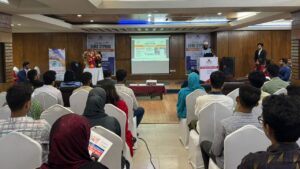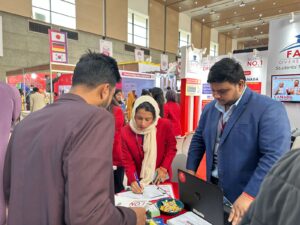About India
Sharing borders with countries like Pakistan China Bangladesh Bhutan and Sri Lanka, India is the second-most populated country in the world. In terms of democracy, India has the largest democratic population in the world. India is enclosed by the Bay of Bengal, the Indian Ocean, and the Arabian Sea.
Although India has over 400 National languages and dialects, Hindi and English are amongst the 22 official languages that are widely spoken by Indians. India is considered a secular country that has diverse communities from religions including Hinduism, Islam, Christianity, Jainism, and Buddhism.
India has 28 states and 8 union territories, each with its own remarkable environment. Each state has its own language and dialect, which makes it all the more interesting to travel throughout India to explore its culture, heritage, and traditions. Since the multicultural country has a diverse blend of communities, people are guaranteed to have the experience of a lifetime during their study in India from Bangladesh.
Living in India
Most Indian universities usually offer students on-campus and off-campus housing. University accommodation usually includes furnished spaces that can be shared by up to 6 people. On-campus housing and dormitories include beds, desks, storage space, and washroom facilities. Depending on the type of accommodation students choose, washrooms can be attached to their rooms or they may be shared by students.
If universities do not provide housing, they can arrange rental apartments for students to reside in during their stay and study in India. Additionally, students can choose to share apartments with other peers to share and minimize living costs. However, it is wise to consult with university authorities to ensure students do not get scammed.
Healthcare for international students is usually included with the university tuition fees. Doctors and medical professionals are available around the clock in case of any emergency. In the case that doctors are unavailable, there are nurses that can tend to students in need 24/7.
Food is an essential part of the Indian culture and plays a significant role in social settings. Most universities include meal plans through the wide variety of cafeterias and eateries available on campus. However, there are other cafes and restaurants available if students want to switch it up from time to time.
For students that live off-campus in rented apartments or shared residency commonly have access to kitchenettes and will just have to purchase their groceries weekly.
The education system in India
The education system in India is typically divided into lower primary (age 6 to 10), upper primary (11 and 12), high (13 to 15), and higher secondary (17 and 18). Students usually have to learn a common curriculum mostly till the end of high school. There are some specializations after getting on the higher secondary level. Students in India have to learn 3 languages including English, Hindi, and the regional language where Hindi is not the mother tongue.
There are a few curricula taught in India including CBSE, ICSE depending on the state and region. However, there are a small number of international schools in India that follow International GCE (IGCSE’s and A-Levels) and/or International Baccalaureate (IB).
On completing high school, students have the option to choose from university colleges, art colleges, and universities. Bachelors, Masters, and Ph.D. degrees are only available at universities, whereas university colleges and art colleges just offer diplomas, associates, and technical degrees.
Study in India
The higher education system and higher studies in India are remarkable, with over 800 universities, 39,000 colleges, and a capacity of enrolling more than 20 million students. Indian degrees received from higher education institutions are globally recognized in terms of quality but they are offered at 1/4th the cost. The country highly values its ability to offer value-for-money education at such reasonable rates.
Most degrees at the undergraduate level in India are taught in English. However, there are widely available language courses and classes that are offered to foreigners and international students who wish to learn their national language.
There are various master’s programs and Ph.D. programs in India that are globally recognized. What’s more, much like undergraduate studies in the country, the cost of a Ph.D. in India is very affordable when compared to other major countries! Some of the most sought out programs are pharmacy courses in India, hotel management courses in India, and interior designing courses in India.
Why study abroad in India
- Best higher education
- Globally recognized degrees
- Multi-diverse communities
- Affordable lifestyle
- Exciting city and culture
- Friendly population
- Vibrant nightlife
- Excellent quality of teachers
Scholarships in India
Study in India comes with a lot of perks! The Indian government offers the commonly known Study in India scholarship that is offered on two bases – meritorious students and exceptional ind-SAT scores. The scholarship covers admission fees, tuition fees, accommodation, and food costs annually.
Additionally, other scholarships are offered to students based on their academic performance that differ across institutions.
Use those keywords within whole content min 3 times and maximum much you can but
Remind all the keywords will come naturally during your content











